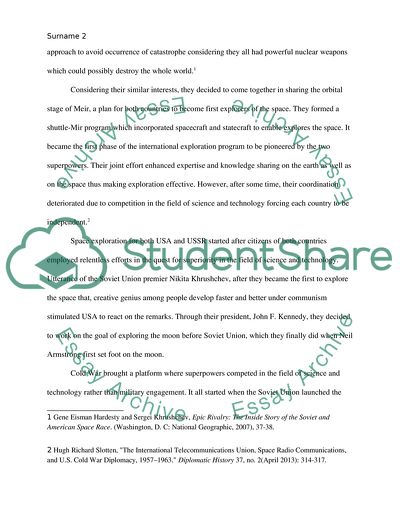Cite this document
(Space Race between Two Superpowers Essay Example | Topics and Well Written Essays - 3250 words - 1, n.d.)
Space Race between Two Superpowers Essay Example | Topics and Well Written Essays - 3250 words - 1. https://studentshare.org/history/1861479-space-race-specifically-the-early-years
Space Race between Two Superpowers Essay Example | Topics and Well Written Essays - 3250 words - 1. https://studentshare.org/history/1861479-space-race-specifically-the-early-years
(Space Race Between Two Superpowers Essay Example | Topics and Well Written Essays - 3250 Words - 1)
Space Race Between Two Superpowers Essay Example | Topics and Well Written Essays - 3250 Words - 1. https://studentshare.org/history/1861479-space-race-specifically-the-early-years.
Space Race Between Two Superpowers Essay Example | Topics and Well Written Essays - 3250 Words - 1. https://studentshare.org/history/1861479-space-race-specifically-the-early-years.
“Space Race Between Two Superpowers Essay Example | Topics and Well Written Essays - 3250 Words - 1”. https://studentshare.org/history/1861479-space-race-specifically-the-early-years.


